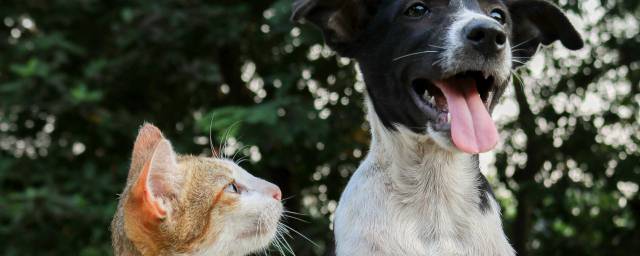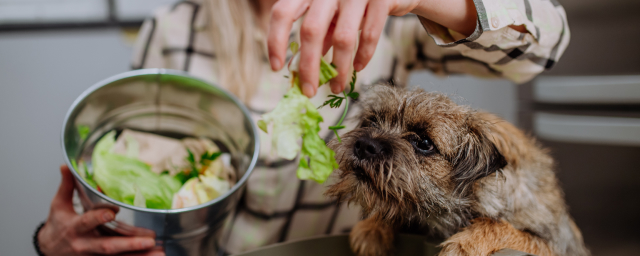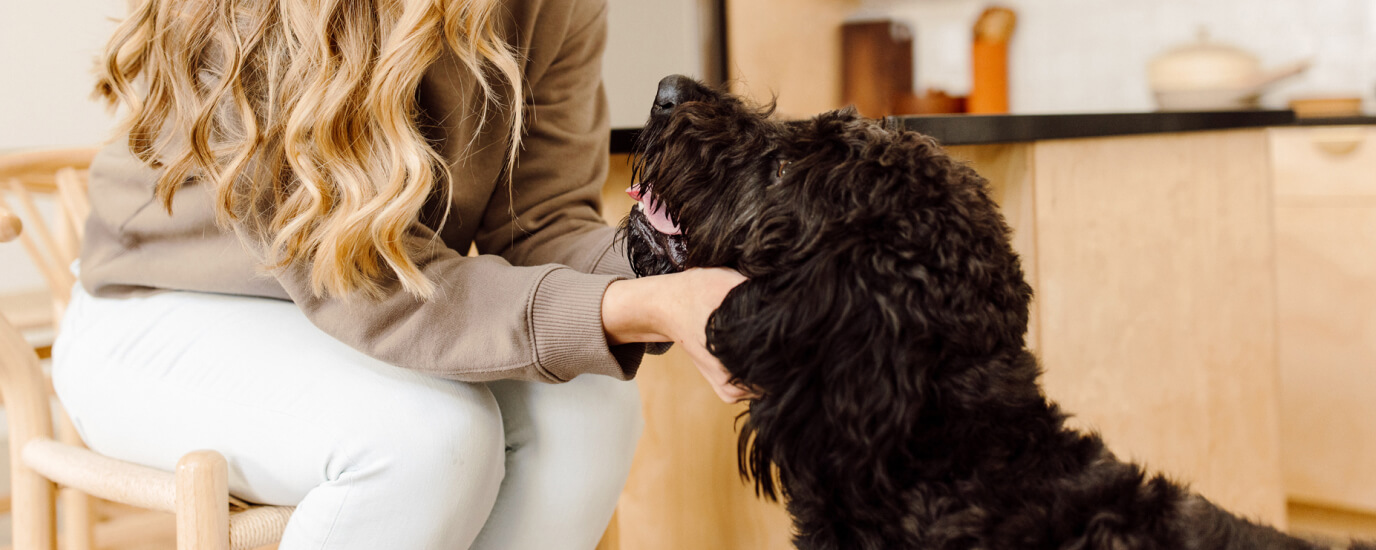
How to Get Rid of Fleas on Dogs & Do Natural Remedies Work
Dogs scratch their ears for a variety of reasons. But, if your dog is itching more than usual, you may have a flea problem.
Flea infestations can be troublesome for pet owners. To keep your pet healthy and avoid infection from flea bites, you need to know how to get rid of fleas.
Keep reading for 14 tips to kill fleas on your dog, plus our expert advice on natural flea remedies.

How to get rid of fleas on dogs
Flea control starts with killing fleas at the source to stop the flea life cycle. Fast-acting oral treatments work right away, but aren't great for long-term use.
Treat fleas (and prevent them from coming back) by following these steps in your home, yard, and on your pets.
1. Gather the right tools.
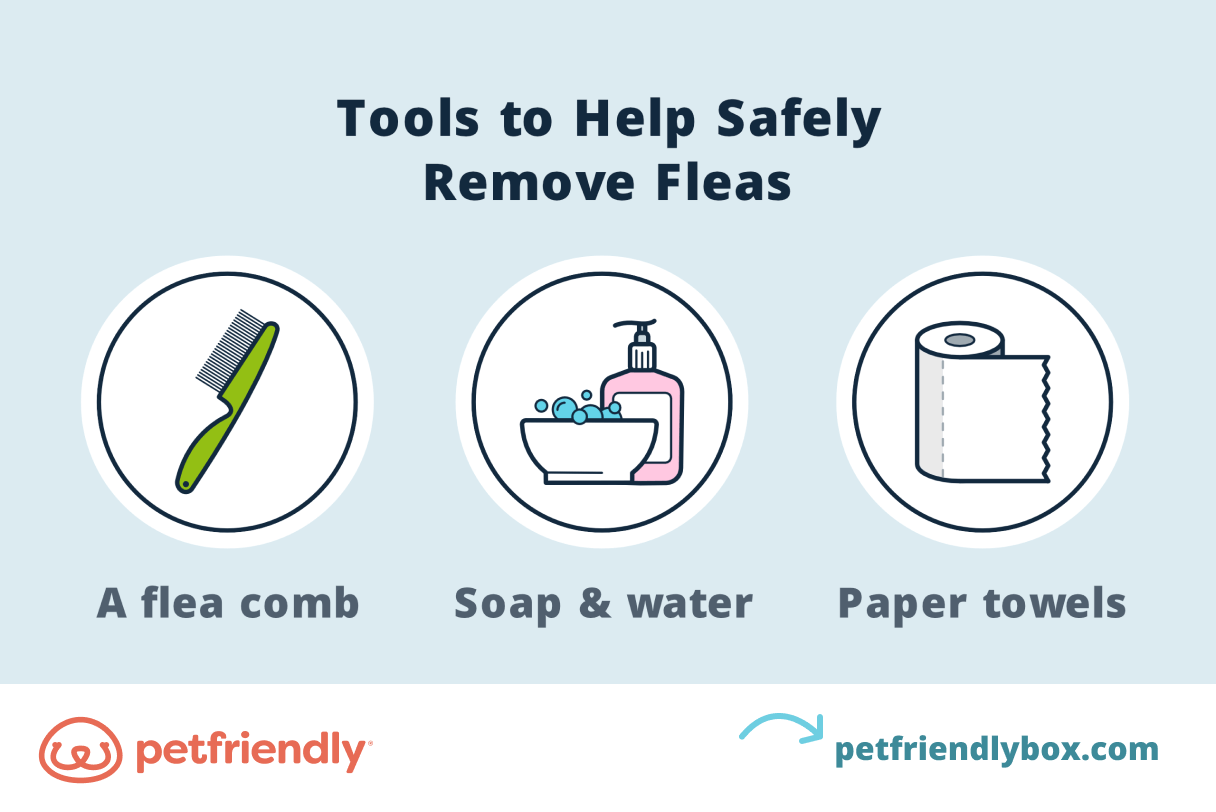
Before tackling any pet health problem you want to be prepared. With the right tools, you can confidently address your flea issue. Here are a few items to keep on hand:
- A flea comb
- A bowl of soap and water
- A clean, white paper towel (to see flea dirt)
- Gloves
- Household flea spray
- Flea and tick treatment for pets
2. Find a good location.

Dead fleas and flea droppings will fall off your dog as you treat them so having a drain is helpful. Consider removing fleas on your dog outdoors or in a shower or tub.
This makes it easier to access water and clean up afterward. Bathing your pet to get rid of fleas can be helpful. But, make sure you wait at least 48 hours before and after applying flea treatment.
3. Remove all visible adult fleas, flea eggs, and flea dirt.
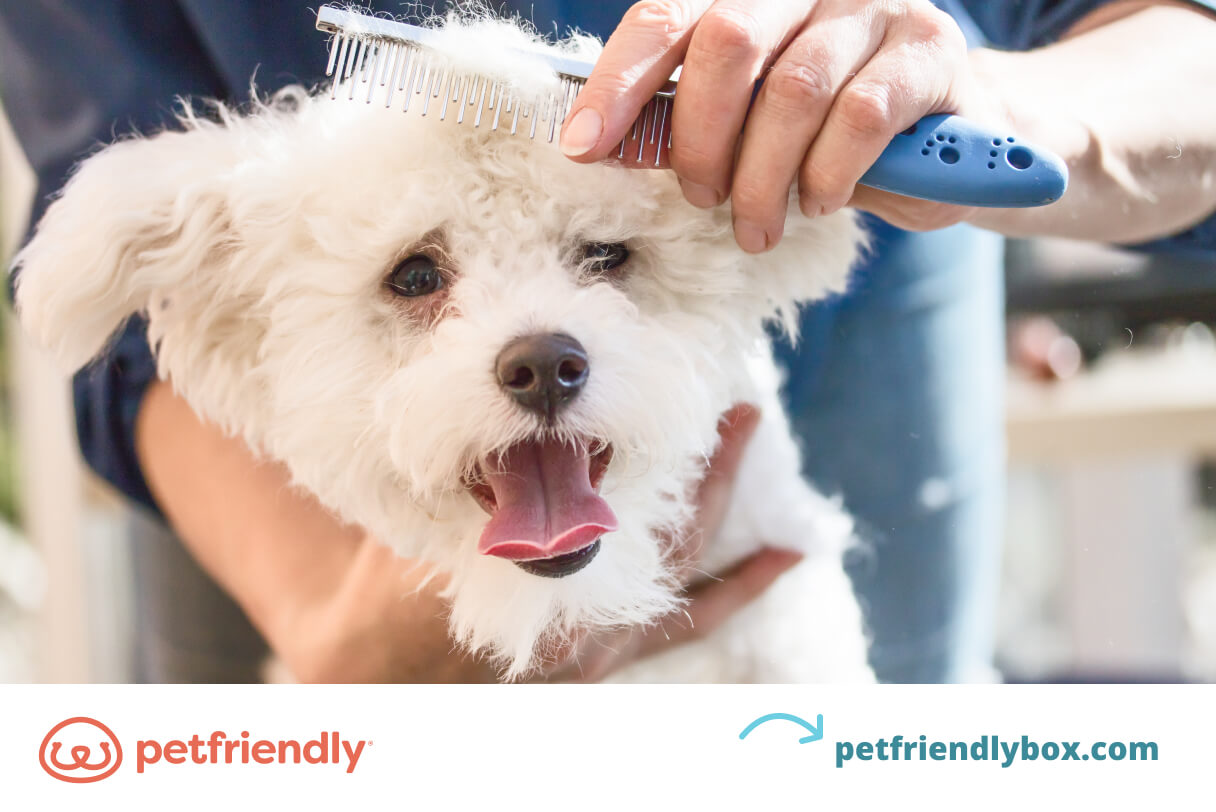
Use your flea comb or fingers to part your dog’s coat and remove flea dirt and adult fleas. Flea combs glide through your dog's coat and pick up adult fleas and flea poop along the way.
Once removed, quickly put the flea comb in the soapy water. This kills fleas and flea larvae instantly. Continue working through your dog's fur and check all areas where dog fleas like to hide.
4. Treat any signs of infection.

Flea saliva is very irritating and many dogs and cats are allergic to fleas. Flea allergy dermatitis (FAD) may cause other symptoms including:
- Anemia
- Hair loss
- Redness
- Severe itching
- Skin infection
- Swelling
If you begin to notice any signs of infection from a flea bite, talk to your vet right away. The sooner you treat your pet the better.
5. Groom your dog often.#

In addition to supporting your pet's health, grooming is a great way to prevent and kill fleas on your dog. When you bathe your pet, use pet shampoo — do not use dish soap. If you're dealing with a flea infestation, a bath can help remove a good portion of the flea population.
Brush your pet's hair regularly to remove dead skin cells, flea dirt, and adult fleas on your dog. Flea dirt is flea feces in the form of digested blood.
6. Change your dog's bedding regularly.

During the flea life cycle, the adult female flea lays eggs which drop onto areas where your pet resides. To remove these pesky parasites at all flea life stages wash your pet's belongings in hot, soapy water.
And don't stop at your dog's things — soak any cushion covers, blankets, and bedding your dog spends time on. Even better, dry clean if you can.
7. Vacuum carpets and floors.

The flea life cycle lasts about 14 days. So, even if you've treated your dog for fleas, they could continue to develop and prolong your flea infestation. Plus, fleas can jump up to 200x their own body length.
If your dog is around other pets who are unprotected, they could be at risk of re-infestation. Vacuum anywhere your dog likes to sleep and immediately discard the contents of the bag or canister.
PRO TIP
Place the contents in soapy water, this kills fleas instantly.
8. Set a light trap.

Light attracts fleas. So, if you're concerned about fleas in your baseboards and floors, you can easily make a "light trap." Set a small bowl of soapy water near a nightlight. This will persuade the adult flea to jump to the light and fall into the trap.
9. Safeguard your home with pet-friendly flea control.

To keep your pet from being re-infested with fleas, you need to treat the inside of your home with pesticide. Spray your home throughout the year to keep fleas away.
Look for a household spray that contains an Insect Growth Regulator (IGR) and adulticides. These ingredients kill fleas and prevent flea eggs from developing. Which helps avoid a future flea infestation.
Do your research and read the instructions before treating your home. Most are safe to use around pets and humans and dry in a few hours.
10. Keep your yard tidy.

A well-kept yard is a great way to keep all types of bugs and critters out. And fleas love dark, moist environments. So, remove extra yard waste and standing water to provide more sunshine to your yard.
- Remove standing water
- Trim back plants, bushes, shrubs, and trees
- Cut the grass short
- Clear out extra dirt, rocks, or leaves
11. Plant a garden.

Some plants like mint, rosemary, and thyme may help ward off and repel fleas. Placing a few plants throughout your yard can also help deter flea-ridden animals from roaming. Regardless of what you plant, make sure any plants are safe for pets.
Immature fleas thrive in shady, damp soil and can stay for up to a year before emerging. This makes fleas an even bigger threat, no matter the season.
Try using soil-inhabiting Nematodes in your garden plan. These tiny worms eat insect larvae and can help get rid of immature fleas that may have fallen into the yard.
12. Meet with your vet for guidance.

Your vet is a great resource to help you:
- Determine the right type of flea treatment
- Help them stay up-to-date on vaccines
- Monitor their health and conditions
At your annual dog check-up, ask your vet to look for any parasites, worms, and infections. Even if you haven’t found an active flea infestation, your dog could have an infection from a flea bite.
13. Choose the right treatment for your pet.

Always check with your vet about using specific products on your pets. Some natural home remedies may be helpful in getting rid of fleas. But others, like tea tree oil, apple cider vinegar, and baking soda, may be harmful.

Here are the most common (and effective) products for pet parents:
- Topical treatment
- Prescription flea medication
- Flea collars
- Flea shampoo/tick shampoo
14. Build an ongoing prevention plan, and stick to it.

When it comes to treating fleas on dogs, the best way to avoid fleas is to prevent them. Follow a regular schedule when treating your pet and avoid fleas before they become a problem.
Whether you use a flea collar, topical treatment, or natural solution, prevention is your pet’s best protection against fleas.
Do natural remedies really work

Trying to find a solution that kills adult fleas and prevents re-infestation can be challenging. Remember that all types of flea treatments have their own pros and cons.
Before you pick the right flea remedy for your pet, consider these myths about homemade flea prevention.
Myth: Natural solutions are 100% effective.
Some natural, topical solutions (like Brewer's yeast) are commonly used to kill fleas. While these solutions are usually safe, there isn’t enough evidence to show they are effective at killing adult fleas. Or, keeping them from coming back.
Not every method is going to be 100% effective right away. With any treatment, regular and consistent use is the best way to fight fleas. After all, it's best to never leave your cat or dog unprotected from parasites.
Myth: DIY is better than OTC to kill fleas.
When it comes to flea treatment, there’s no “one-size-fits-all” solution. What kills fleas on one pet, may not work for another. From applying baking soda and water from a spray bottle to diatomaceous earth, DIY isn't all it's cracked up to be.
One common DIY treatment is essential oils. But, in their most concentrated forms, essential oils can:
- Irritate your dog's skin
- Damage the respiratory system
- Impact their keen sense of smell
Consult with your vet about the best options for your dog. Then, do your research. There are lots of OTC flea treatments that are safe and effective for pets.
Myth: Home remedies are safe for all pets.
Every pet is unique, with their own set of characteristics, personality traits, and health conditions. While some natural solutions may work on your pet, others can be toxic. Some may cause more harm than good to your dog's skin and health.
Some examples to be cautious of include:
- Baking soda
- Apple cider vinegar
- Diatomaceous earth
- Essential oils
- Sage tea
Myth: Topical flea treatments are harmful to pets.
Some pet parents may prefer to use oral remedies to kill adult fleas from the inside out. However, certain products are toxic for pets. And, they may not really help prevent fleas.
Garlic can damage your pet’s red blood cells and apple cider vinegar often causes stomach issues from its acidity. Before adding these products to your dog's diet, consult with your vet. Make sure you know exactly what your pet can and cannot have.
The reality is, most OTC topical flea and tick treatments have to pass regulatory standards for safety and efficacy. Which makes them good solutions for dog owners looking to solve their flea problem.
The truth about natural flea prevention
With the advent of safe and effective flea medication, preventing fleas on dogs naturally isn't as beneficial as it once was. Just because a treatment is natural does not mean it is safe. And just because a treatment is a chemical does not mean it is unsafe.
Any tool a pet owner uses to gain total flea control should be safe and effective for your pet's needs. Plus, be simple and convenient enough for humans to remember.

